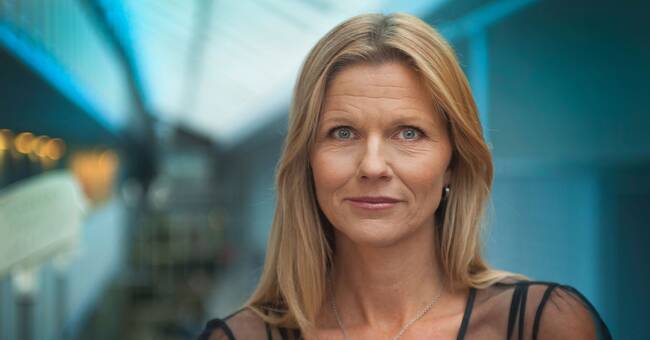A year of lost performing arts - should we see it that way?
Maybe not really, but the fact remains that it has now been over a year since the premiere of Iraqi Christ at Teater Galeasen, which was the last thing I saw on a theater stage before everything was put on hold.
That evening, my company had returned a message of concern about the new virus.
In the foyer, people were greeted a little anxiously and at a distance before the entrance, and during the 2.5-hour performance not a single cough was heard.
After this evening, the state of emergency began, or the new normal, depending on how optimistic an attitude we can have for the day.
The attitude of the performing artists
has been admirable throughout this year.
They quickly picked out all the tools from their magic box and offered us alternative performing arts of all kinds: Zoom theater, pre-recorded performances without an audience, pre-recorded performances with a minimal audience, filmed fourth-wall theater on film and in-yer-face theater with direct access to the camera .
They entertained outside nursing homes, on quays and via telephone lines.
Creativity knew no bounds, the results were more or less successful, but they kept going.
Of course, fatigue was felt during the second wave of the autumn, but on the whole, the theater industry, right through the pandemic, has proven to be very enduring, very adaptable and very dedicated.
After a year of corona
, the industry has made itself master of the digital formats, rather than being a slave to them. Dramaten and Malmö City Theaters She's called Minou is a brilliant example of this. Ada Berger's dystopia about two mothers who meet beyond time is written for Zoom and takes in the pandemic both in the theme and in the format. Its directness and dystopian message combined with a loving anticipation of motherhood totally knocks me out and the tears I shed in front of the computer this time can not be explained with screen fatigue.
Across the country, there are performances that we would never have seen if it were not for the pandemic. We meet the more private stories, as in Örebro County Theaters In a field of gold, which are reflected in some human fates in the county. At Turteatern in Stockholm, Pride and Prejudice is played behind plexiglass. At Norrbottensteatern, the charged love drama Broarna in Madison County has been scratched with two meters between the characters in love. In this arises a new type of excitement, a new type of experience, one that the pandemic has forced.
Words like loneliness, worry and isolation
are on everyone's lips. In the pandemic, new works are written on these themes and a large number of classics can be read with new glasses. One Wednesday in April, I go to the premiere of Ögat's / Folkteatern's production of The Dance of Death in Gothenburg. There are four of us in the audience and gather at Stigbergstorget for a walk into the home where Strindberg's infernal marriage drama takes place. It has not taken many brushstrokes to turn the drama of the couple who are in quarantine on an island in the archipelago into a corona shaker with mouth guards and infection control restrictions.
And what does it do
to us spectators when we are only four in the audience? I am gripped by a feeling of both exclusivity and vulnerability. I become involved in a new way and am enchanted by the child's gaze to rediscover the tingle, the wonderful and purely magical of being part of a physical meeting in the name of theater art.

